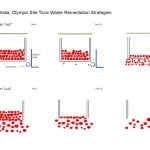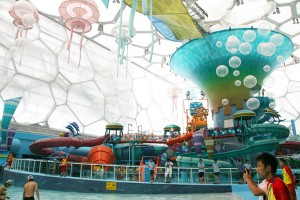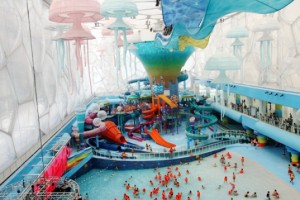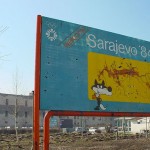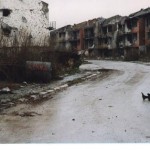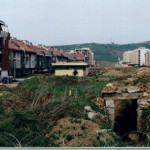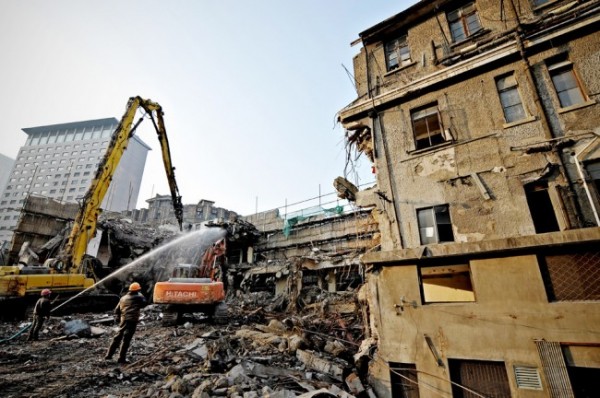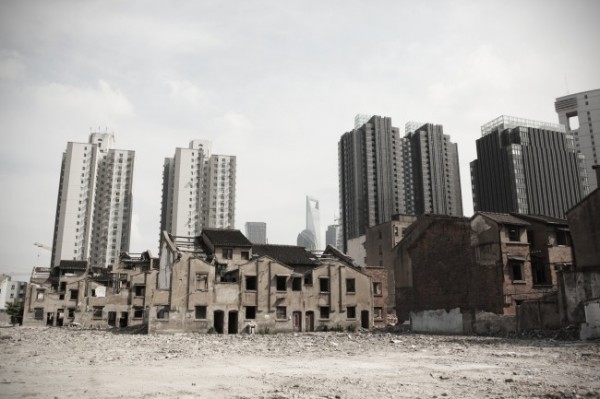Post-Event Conditions
Kingdome Implosion
Ecology takes back seat to Economy-Sydney’s Toxic Remediation
Leading up to Sydney’s Olympic bid in 1993, they were faced with a difficult decision. What should they do with the potential Olympic park site? They needed to address the toxic waste that was there from cement and brick making factories over the decades, but they didn’t want to invest too much money if they ended up not securing the bid.
Estimates put full site decontamination around $160 million USD. The removal of all of that dirt off-site would also take more time than Sydney wanted. The other options were to isolate the contaminated soil into pockets throughout the Olympic site.
Option 1, known as the Bank Vault trapped the soil through a double liner system. The thought behind this was that the liner would hold for a long time, but once it broke, the toxins would rush into the soil system. This strategy was used near the Aquatics Centre due to its proximity to the creek.
Option 2 involved relocating the toxic material into pockets throughout the Olympic Park. There was an opening at the bottom that allowed for a gradual dispersement of the toxins, with a larger amount being leached sooner, rather than later.
Both options are covered by layers of clean clay soil and landscaped with native plants making visitors oblivious to what is under their feet.
Both options, although more cost effective, costing only $70 million USD, don’t truly address the remediation of toxins on the Olympic site.
During and After Pictures from the 1936 Berlin Olympics
The link is to a site that has many images of the infrastructure built for the 1936 Berlin Olympics. The images show the conditions of the structures as they existed for the games and as they exist now. The stadium has gone through a few phases of redevelopment, but most of the buildings only exist for the guided tour. The bell from the original bell tower is now displayed in the Maifield and the Swastika was removed from the tower during the stadium’s denazification that occurred during its British occupation. Other links from the main page show the changes in other cities before and after the Nazi party took power. After WWI, Germany wanted to have a renaissance to reunite their country and looked to the Greeks for inspiration causing a lot of the buildings to have an ancient Greek influence.
Happy Magic Water Park
As opposed to cities like Berlin and Sarajevo in previous posts, Beijing seems to have lost no momentum following their Olympic games in 2008. Instead of letting their facilities lay to waste, several have been repurposed – and not always in conventional ways. For example, the Water Cube, designed by PTW Architects with Arup, has now been transformed into the “Happy Magic Water Park,” which opened on August 8th 2011. Now the cube is generating great revenue for the city, coming in at the number 2 tourist destination after the Great Wall. Impressive.
According to the renovations led by Forrec (Toronto-based design firm), the ETFE material for the facade continues to play an important role in daylighting; illuminating the interior with diffuse light during the day while radiating back out to the city at night.
Read more at Inhabitat: Happy Magic Water Park
From Olympic Grounds to Battlefield
After the games move out of the respective cities, their Olympic Villages get transformed into parks, residential complexes, or become abandoned entirely. Sarajevo stands out, however, primarily due to the political and social strife rampant in the country, especially the Bosnian civil war. Their Olympic grounds have turned into battlefields, and their Olympic village now has become the city’s deadliest killing ground due to its proximity to the airport. The luge runs are a Serb staging area where artillery and sniper fire rain down upon the city.
Branko Mikulic, president of the organizing committee for the 1984 Games, admits: “When I took the leading role for the Olympics, I thought it would help Sarajevo develop its beauty and grace, and bring it into the 21st century. Now we know that will not happen. Sarajevo is a ruin, a concentration camp. And the world is not even acting to help. I cannot believe it—any of it.”
Shanghai EXPO Demolition
For the 2010 World Expo in Shanghai, the chosen site was located in the historic Bund and largely residential area. Shanghai has been replacing the old for the new for the past two decades or so, but this project created a surge of demolition and has synthetically altered the fabric in one fell swoop. This also created an influx of tens of thousands of migrant workers in the city, while displacing up to one million residents. These demolitions were supposedly conducted properly by following procedure, but the immense resistance of the residents [including two potentially linked acts of self-immolation] arose skepticism as to whether or not the land seizures were corrupt.
- Where have the displaced residents and migrant workers ended up?
- How has the site evolved since the pavilions have been removed?
Linked here is a blog of first-hand accounts of a non-native resident on the construction atmosphere in Shanghai. Specifically important is the category “Building the China Dream.”
Berlin 1936 Abandoned Olympic Village
This is a video made in 2009 during a walkthrough of the Berlin Olympic Village in 1936, including some footage of abandoned venues and the Olympic pool. Though it is not as telling as physical experience, it is still a haunting video to watch, as you get a sense of what these places once were, their past history embedded in physical objects and spaces. You can get a sense of the austerity of the design, with white box apartment houses arranged in the village typology. All of the structures seem to have some Fascist undertones in their construction – a communicative device that contributed to the 1936 games being known as the “Nazi Olympics,” just prior to the outbreak of WWII. The memory of these cultural, political, and social events still lingers today.
